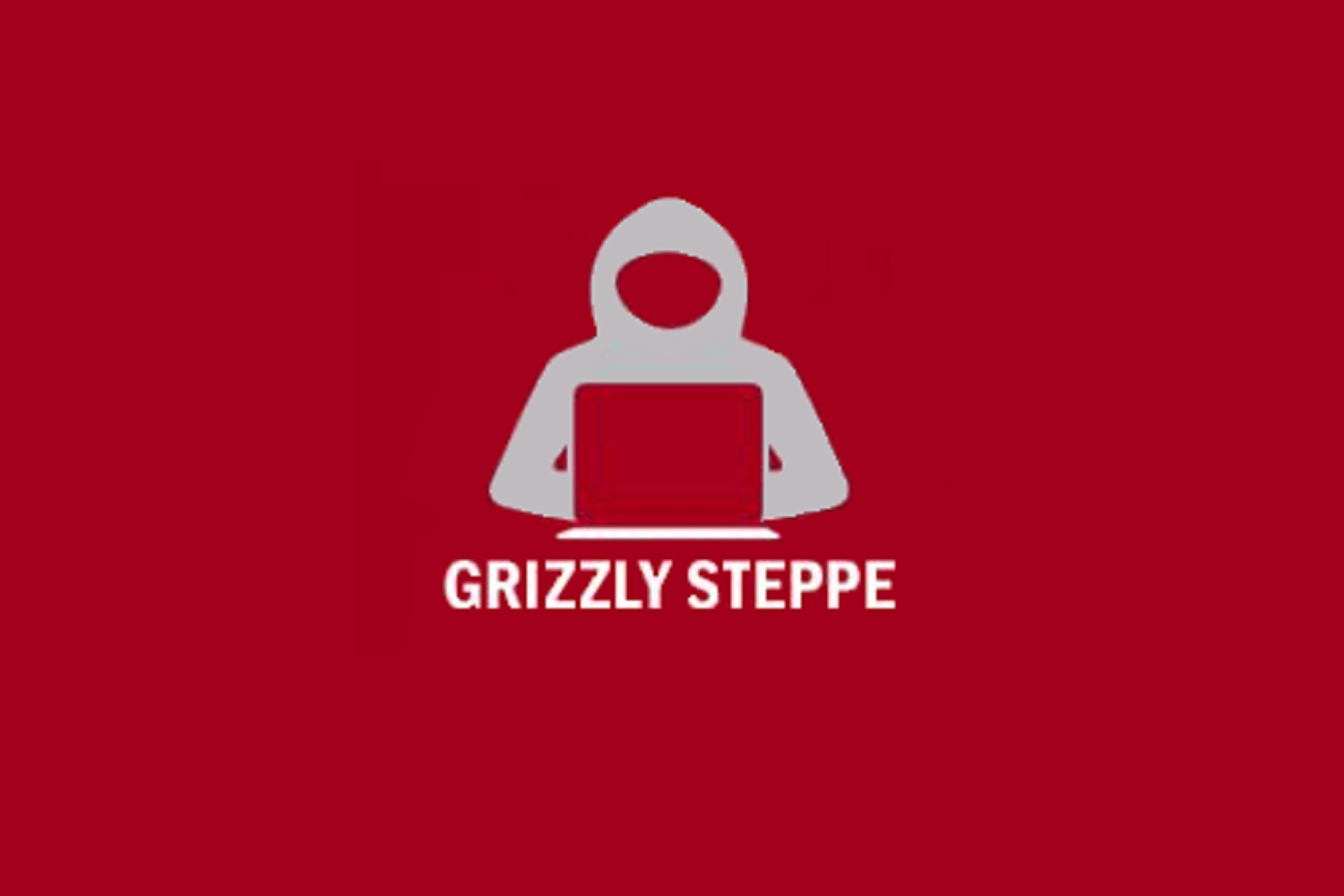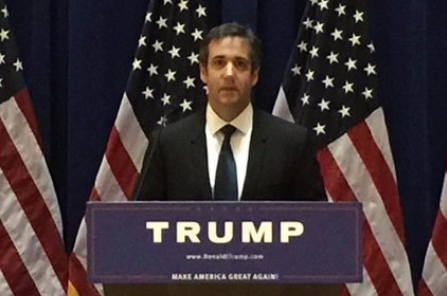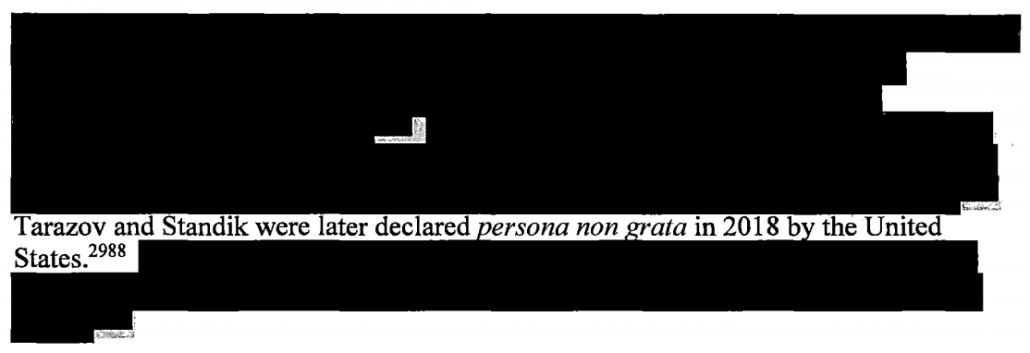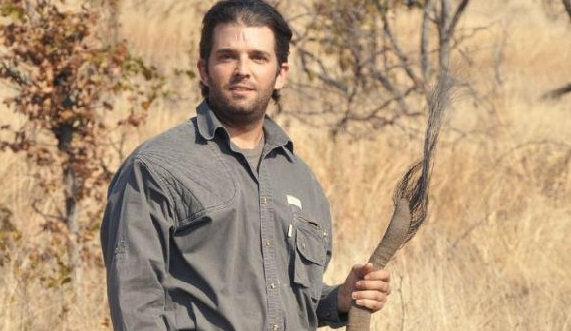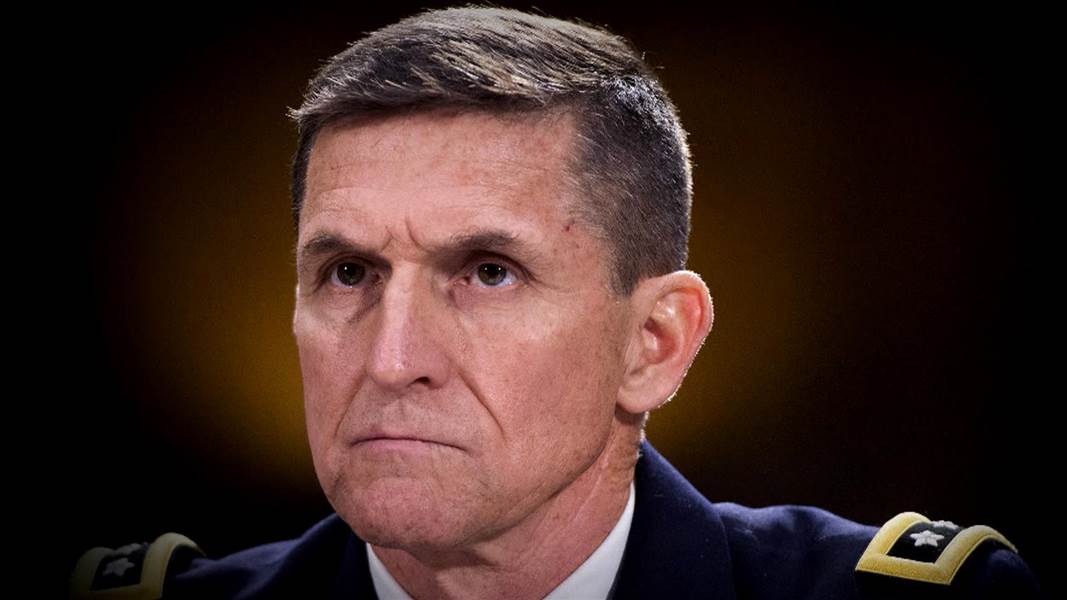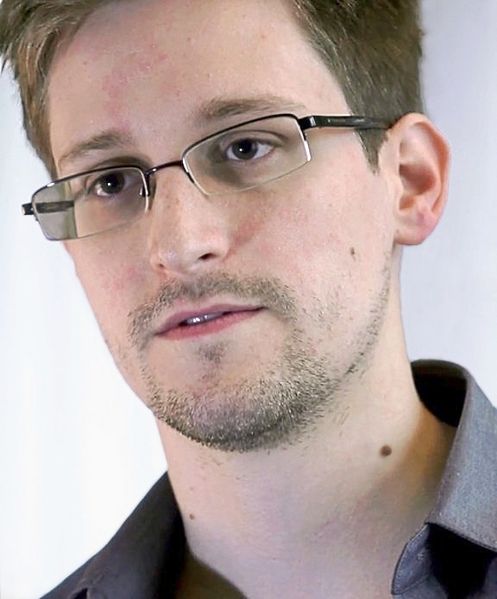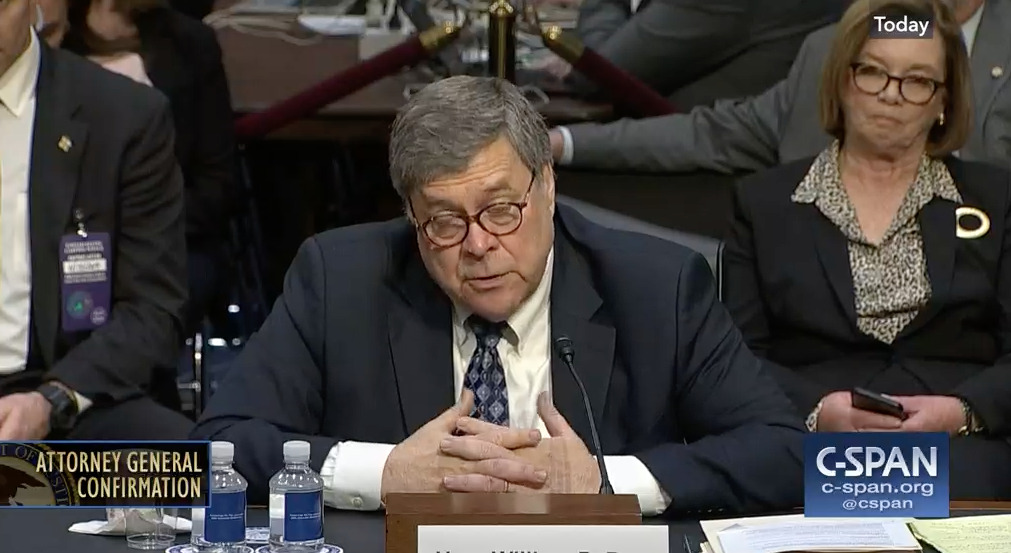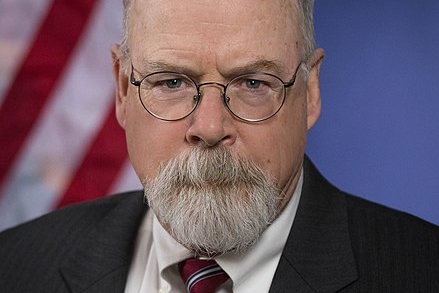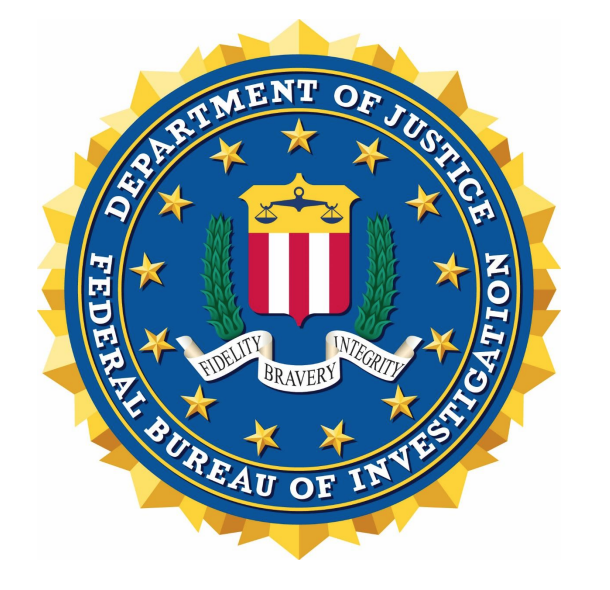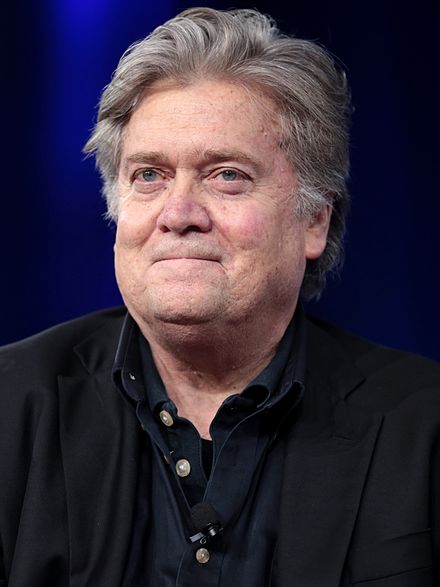One last post on the John Durham Criminal Information charging Kevin Clinesmith with one count of false statements (for making and using a false document). It appears that John Durham, DOJ IG, and CIA are placing a different emphasis on Carter Page’s ties with the CIA than the FBI did, based on a differential focus on a number of contacts Page had versus Page’s willingness to be recruited.
The FISA applications for Carter Page refer to three different interactions with Russians to establish probable cause that Page was willing to be recruited by Russian intelligence officers:
- A year long relationship with Aleksandr Bulatov (2007 to 2008), during which Bulatov used Page to network and in at least one case obtain non-public information
- A longer relationship with Victor Podobnyy (lasting at least from January 2013 to April 2014), during which Page again provided information and networking leads
- A 2015 exchange, after the complaint against Podobnyy was unsealed, during which Page told a Russian Minister he was the person referenced in the complaint, seeming to confirm that Page knew he was being recruited
On quick read, the DOJ IG Report and the Criminal Information seem to suggest that on August 17, 2016, CIA informed FBI that they knew of both these relationships with Page and were collecting information through him. That’s because DOJ IG Report and the Information say that the CIA informed FBI that Page had shared information about “certain Russian intelligence officers.”
Here’s how it appears in the Information.
On August 17, 2016, prior to the approval of FISA #1, the OGA provided certain members of the Crossfire Hurricane team a memorandum (“August 17 Memorandum”) indicating that Individual #1 had been approved as an “operational contact” for the OGA from 2008 to 2013 and detailing information that Individual #1 had provided to the OGA concerning Individual #1’s prior contacts with certain Russian intelligence officers. [my emphasis]
That’s nearly a direct quotation from the DOJ IG Report.
On or about August 17, 2016, the Crossfire Hurricane team received a memorandum from the other U.S. government agency detailing its prior relationship with Carter Page, including that Page had been approved as an operational contact for the other agency from 2008 to 2013 and information that Page had provided to the other agency concerning Page’s prior contacts with certain Russian intelligence officers.
In other words, a quick read of both would suggest that those plural Russian intelligence officers are Bulatov and Podobnyy.
Except that’s not right. Indeed, logically that means Page was providing information on more known or suspected Russian intelligence officers in the years immediately after he returned from Moscow. It’s also the case that Page has provided at least three different stories about Bulatov, and that he does not appear to have (indeed, arguably could not have) told CIA about Podobnyy.
Partly in an interest in challenging some of the misinformation on this point, I’ve put a timeline of Page’s known interactions with CIA, FBI, and Russian intelligence officers below. That shows, first of all, that while the CIA continued to treat Page as an approved “operational contact” until 2013, the last time CIA spoke to him was in July 2011.
That means Page couldn’t have told them about Podobnyy, because he didn’t meed Podobnyy until 2013.
Indeed, the DOJ IG twice says, subtly, that the CIA did not provide any evidence that they knew about Page’s tie with Podobnyy.
The other agency did not provide the FBI with information indicating it had knowledge of Page’s reported contacts with another particular intelligence officer. The FBI also relied on Page’s contacts with this intelligence officer in the FISA application.
[snip]
As further described in Chapter Five, the other agency’s memorandum did not provide the FBI with information indicating it had knowledge of Page’s reported contacts with another particular intelligence officer. The FBI also relied on Page’s contacts with this intelligence officer in the FISA application.
But that means there must be other suspected Russian spooks about whom Page provided information in that earlier period. Indeed, in one place the DOJ IG Report appears to confirm that, too.
Page had disclosed to the other agency contacts that he had with Intelligence Officer 1 and certain other individuals,
There’s a reference in one of Page’s FBI interviews to his NYU students, whom he likened to Podobnyy, so perhaps that’s related.
In any case, as I noted, Page told at least three different stories about Bulatov, the person about whom he shared information with both FBI and CIA. According to the DOJ IG Report, CIA only knew (so presumably got told) that his ties extended back only to 2008. The FBI maintains, however, that his relationship with Bulatov extends back to 2007. In a March 2017 interview, in addition to obfuscating about telling the Russian Minister he was Male-1, Page claimed to not even remember Bulatov, even when pushed, claimed he had only met Bulatov for lunch once, even though in one of his earlier interviews with the FBI, he said he had contact with Bulatov after he had returned to Moscow in 2008. A few weeks later, Page still affirmed that he thought “the more immaterial non-public information I give them, the better for this country,” even while resisting when an FBI agent observed that this basically was a source-handler relationship.
I don’t necessarily think Page was lying (though on his later FISA applications, FBI pointed to this discrepancy). By March 2017, Page had been driven mostly nuts by this process. I think it possible he really misremembered his earlier, acknowledged ties by then.
Still, even on the one topic that overlapped — Bulatov — Page’s stories appear inconsistent (or at least had become inconsistent after the pressure of 2017).
Ultimately, one thing that appears to have happened is CIA, DOJ IG, and Durham have focused on Page’s sharing of information about multiple people of interest to CIA in 2010 and earlier. Meanwhile, FBI focused on Page’s seeming willingness to be cultivated by known Russian spies.
Understanding that different focus helps to understand a lot of what has gone on since.
Timeline
2004-2007: Carter Page lives in Russia. [IG Report 157]
2007: Carter Page’s ties with Aleksandr Bulatov begin. [IG Report 158]
April 2008: Carter Page first meets with CIA. CIA assesses, in contradistinction to FBI’s belief, that Page’s ties to Bulatov began in 2008. [IG Report 156]
June 2008: Bulatov returns to Moscow. [June 2017 Application 14]
August 2008: Per Carter Page interview, his last contact with Bulatov (who returned to Moscow two months earlier). [June 2017 Application 14]
June 18, 2009: FBI interviews Carter Page about contact with Bulatov. Page says he has been in contact with CIA, but FBI doesn’t ask about that. [DOJ IG 61, 158]
October 2010: Page tells CIA he met with Bulatov four times and that Bulatov asked him for information about another American. [IG Report 158]
July 2011: Final meeting between Page and CIA. [IG Report 159]
December 2012: Podobnyy arrives at UN mission. [June 2017 Application 15]
2013: Intelligence Officer 1 hands off Page to Victor Podobnyy [DOJ IG 61 In a June 2013 interview, Page told the FBI he met Podobnyy at an energy conference, and had subsequently provided Podobnyy information about the energy business. [Complaint 13]
April 8, 2013: FBI intercepts conversation between Podobnyy and Sporyshev about recruiting Page. [Complaint 12]
June 13, 2013: FBI interviews Page about Podobnyy. After FBI suggests that Podobnyy is an intelligence officer, Page says his acquaintance with Podobnyy was positive for him. Page says he hadn’t spoken with CIA in “about a year or so” (it was July 2011). CIA did not provide evidence that Page told them about Podobnyy. [Buryakov Complaint 12-13, IG Report 156, 158]
August 2013: FBI interviews Page about Podobnyy, who admits he has met with Podobnyy since their interview in June. [IG Report 62]
September 2013: Podobnyy leaves UN mission. [June 2017 Application 15]
January 23, 2015: Buryakov, Prodobnyy, and Igor Sporyshev charged. The complaint refers to an informant, CS-1, who is not Page. It also includes the transcript of an intercepted conversations about how Podobnyy tried to recruit Male-1, Page. [Complaint]
February 19, 2015: Buryakov et all indicted.
March 2, 2016: FBI interviews Page in preparation for Victor Podonyy trial and learns he informed a Russian Minister and others at the UN he was identified in the indictment in “the spirit of openness.” [IG Report 62]
March 21, 2016: Trump formally names Page a foreign policy advisor.
April 1, 2016: Counterespionage Section advises NYFO to open an investigation on Page. [IG Report 62]
April 6, 2016: NYFO opens investigation into Page (note, one reference to this says the investigation was opened on April 4). [IG Report 63]
May 16, 2016: Page requests permission from campaign to make trip to Russia
July 3 to 9, 2016: Page in Moscow
July 11 or 12, 2016: Page first meets Stefan Halper at a conference in London, though DOJ IG says that was not part of an FBI tasking. Page recruits Halper to join Trump campaign.
July 31, 2016: FBI opens Crossfire Hurricane.
Previous posts
In this post, I explained how John Durham likely gets to intent with Clinesmith even though the former FBI lawyer claims he didn’t intend to mislead about Carter Page’s ties to CIA. In this post, I explained why Durham’s description of Crossfire Hurricane as a “FARA” investigation suggests he may misunderstand very basic aspects of his investigation. And in this post, I noted that Billy Barr’s approval of the timing of this guilty plea undermines Barr and Trump’s complaints about the swifter pace of the Mueller investigation.

